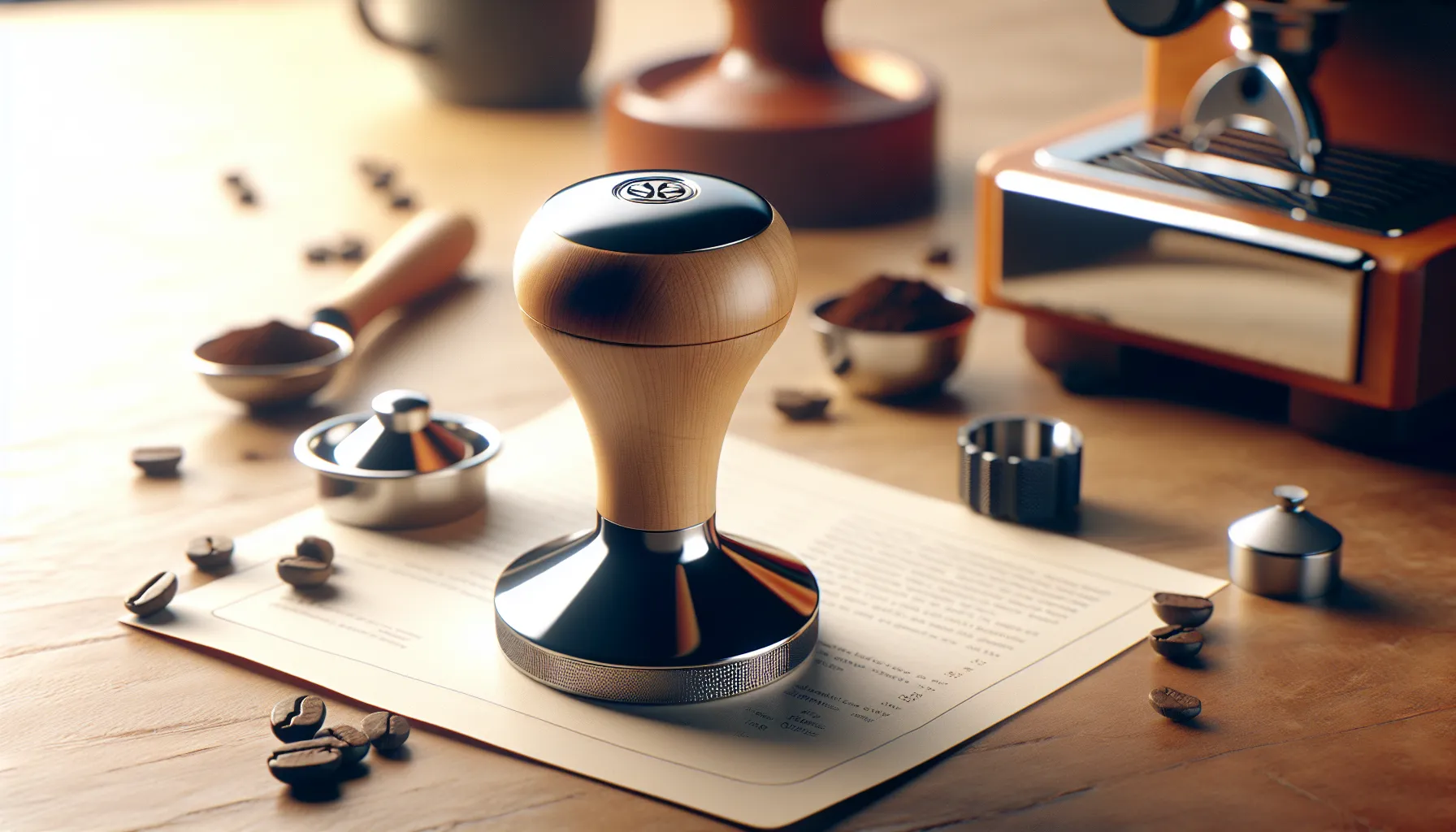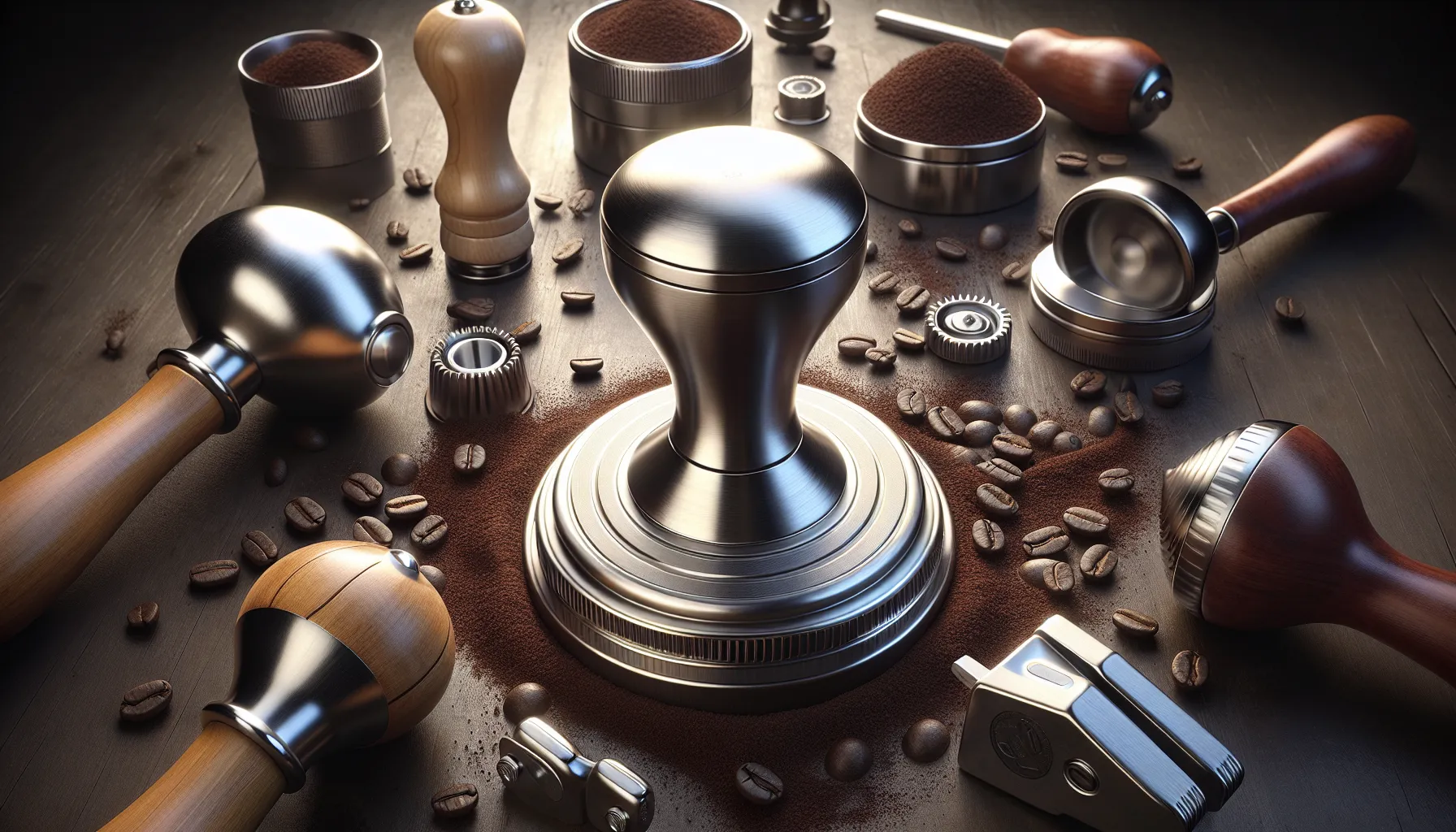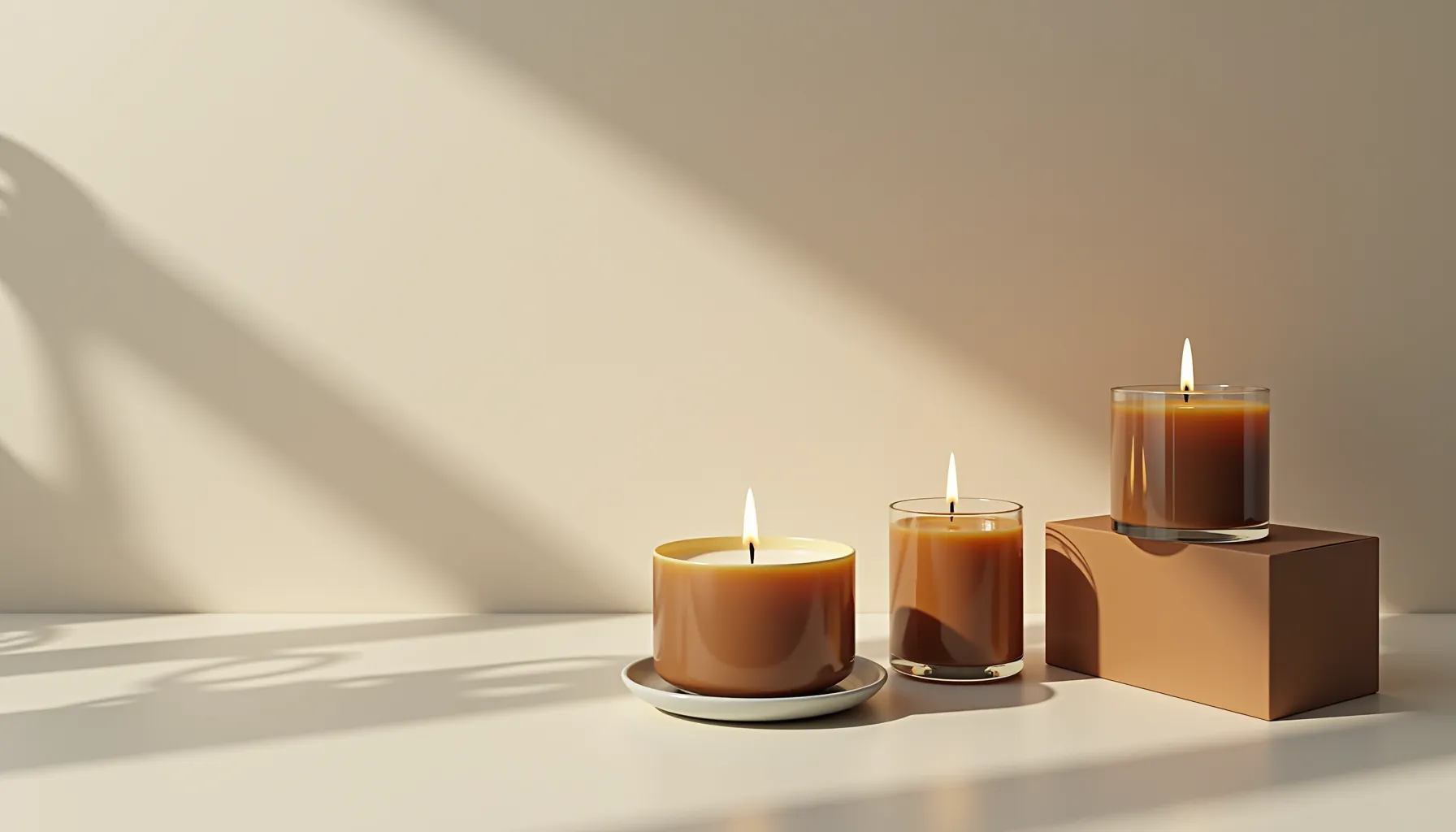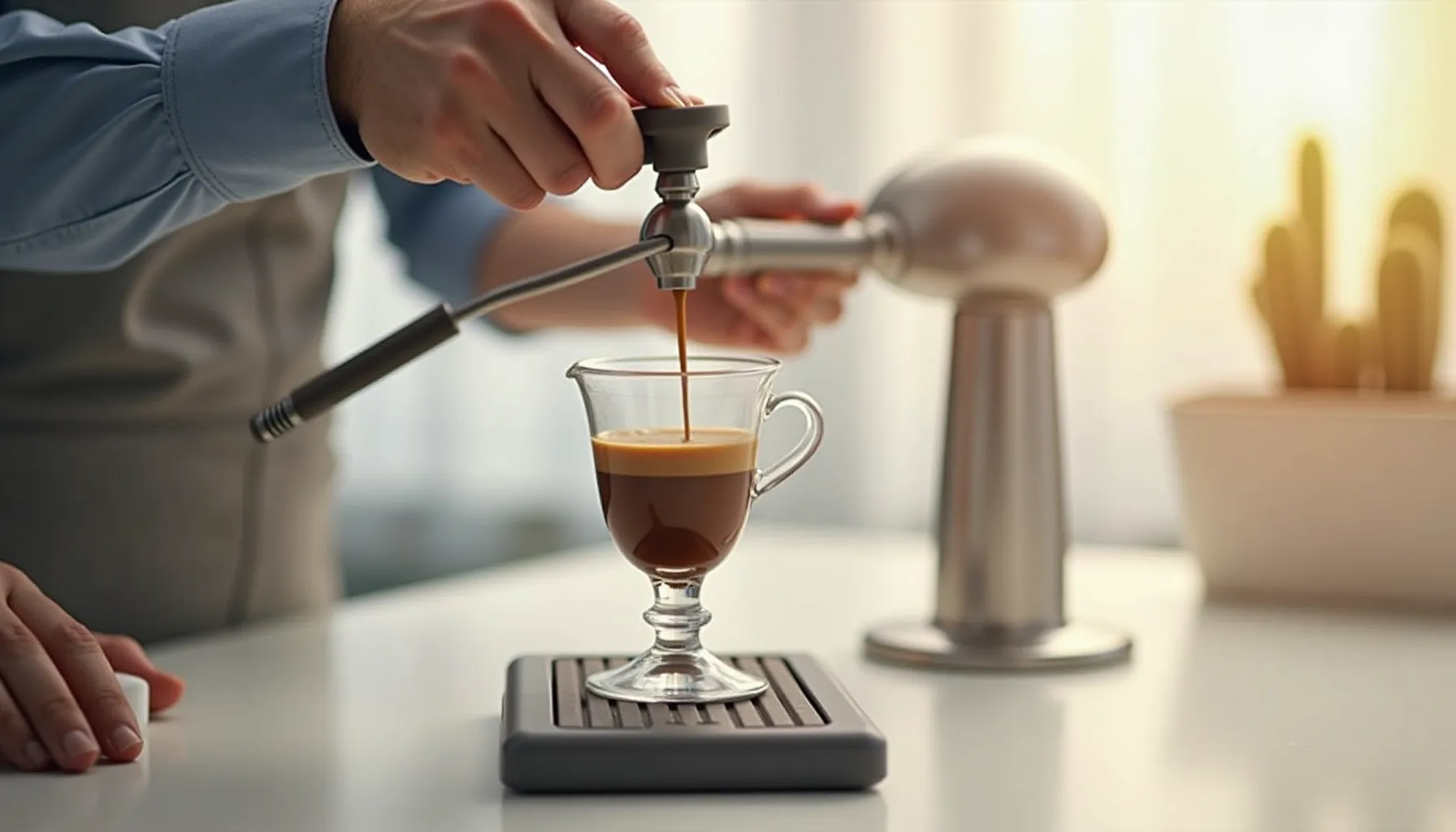If you’ve ever brewed a cup of espresso and felt like something was missing, let me introduce you to the unsung hero of coffee-making: the coffee tamper. This simple yet essential tool can elevate your brewing game, ensuring you extract the rich, bold flavors locked within your coffee grounds. Whether you're trying to replicate that café-quality espresso at home or simply want to impress your friends and family, understanding how to effectively use a coffee tamper is key.
Many coffee enthusiasts encounter challenges like uneven tamping, resulting in bitter or watery shots that leave much to be desired. If you find yourself nodding along, don’t worry—you’re not alone! In this article, we’ll explore everything you need to know about coffee tampers: their types, how to use them properly, tips for selecting the right one for your needs, and essential maintenance to keep your tamper in excellent shape. Get ready to transform your coffee experience and discover the power of the perfect tamp!
Key Takeaways
- Understanding what a coffee tamper is and its significance in espresso brewing.
- Exploring different types of coffee tampers and their benefits.
- Learning effective techniques for using a coffee tamper.
- Choosing the right tamper based on your brewing preferences.
- Maintaining your coffee tamper to ensure longevity and performance.

What Is a Coffee Tamper?
Definition and Purpose
A coffee tamper is a compact yet powerful tool designed for one essential purpose: to press down coffee grounds into a portafilter before brewing. Imagine standing at your coffee station, freshly ground beans scattered around. The tamper is your trusty sidekick, ensuring that every last bit of flavor is extracted during the brewing process. By compressing the grounds evenly, you create resistance, allowing water to flow through uniformly and enhancing the flavor profile of your espresso.
Without a proper tamper, you might as well be playing a game of Russian roulette with your coffee. Uneven tamping can lead to bitter or watery shots, leaving you wondering why your espresso doesn’t taste like the one you enjoyed at your favorite café. Understanding the role of a coffee tamper is crucial for any coffee enthusiast looking to perfect their brew.
Importance in Espresso Brewing
The average coffee lover might overlook the importance of tamping, but the truth is, it plays a crucial role in espresso extraction. Studies have shown that improper tamping can reduce the extraction quality by as much as 20-30%. This means that the rich oils and flavors of your beans may never reach your cup.
Just think about it: a perfectly tamped coffee puck leads to better water distribution and saturation. When you compress the grounds uniformly, you avoid channeling—where the water finds uneven paths through the coffee, leading to inconsistent flavor. Understanding this fundamental step in the espresso-making process sets you on the right path to achieving that café-quality shot at home.
Types of Coffee Tampers
Manual vs. Automatic Tampers
Coffee tampers come in two primary types: manual and automatic. Manual tampers are the traditional choice, providing hands-on control as you apply pressure to your coffee grounds. These tampers can vary in shape and material, allowing for personalization and comfort during use. If you enjoy the ritual of brewing, a manual tamper offers a satisfying tactile experience, making it a favorite among many coffee aficionados.
On the other hand, automatic tampers are designed for consistent pressure and uniformity with minimal effort. They use mechanized systems to compress coffee at the push of a button. While they may have a higher price point, automatic tampers are beneficial for busy cafés or home baristas seeking perfection without the guesswork. Choosing between these types depends on your individual brewing style and personal preference.
Materials and Sizes
When it comes to materials, tampers are typically made from stainless steel, wood, or plastic. Stainless steel is favored for its durability and ease of cleaning, ensuring a long lifespan. Wood tampers, while aesthetically pleasing and offering a satisfying grip, require more maintenance to prevent damage. Plastic tampers are often budget-friendly but may sacrifice some tactile feedback during use.
Size matters too! Most espresso machines require a tamper that fits snugly into the portafilter. Common sizes range from 51mm to 58mm. Ensuring you select the right size is crucial; using a tamper that's too small can lead to an uneven puck, while one that's too big can be difficult to maneuver. Always double-check your machine's specifications before making your purchase.
How to Use a Coffee Tamper Effectively
Step-by-Step Usage
Getting the most out of your coffee tamper hinges on mastering a few key techniques. Starting with freshly ground coffee, fill the portafilter to the brim, ensuring the coffee is distributed evenly across the surface. With your tamper at the ready, hold it like a writing tool and position it level above the grounds.
Applying firm pressure is essential—aim for about 30 pounds of force. This pressure compresses the coffee without risking a break in the puck. After tamping, give the tamper a slight twist to polish the edges of the puck, ensuring a smooth surface for even water distribution when brewing. By following these steps, you'll safeguard that rich aroma and depth of flavor every time.
Common Mistakes to Avoid
Even seasoned baristas can slip up, so it's essential to recognize common tamping mistakes. One frequent error is applying inconsistent pressure; this can lead to uneven extraction. Aim for uniform pressure with every tamp to maximize your results.
Another mistake is neglecting the coffee's distribution before tamping. If the grounds aren’t level, you can end up with a lopsided puck, which only complicates water flow during extraction. Taking a few moments to ensure a well-distributed and evenly tamped puck will significantly impact your espresso’s flavor.
Choosing the Right Coffee Tamper for You
Factors to Consider
When it comes to selecting a coffee tamper, various factors can make a significant difference in your brewing experience. First, size is crucial. Most espresso machines require tampers that fit snugly in the portafilter, typically between 51mm and 58mm. Always double-check specifications to avoid frustration during your brewing sessions.
Next, consider the material. Stainless steel is popular for its durability and easy maintenance, while wood offers a more traditional feel but requires a bit more care. Think about how each material feels in your hand and how it aligns with your personal aesthetic in your coffee setup. Finally, budget plays a role. While you can spend a pretty penny on high-end options, there are also many reliable tampers available at affordable prices. The goal is to find a balance that suits your brewing style and comfort.
Recommended Brands and Models
As you navigate the sea of options, knowing where to start can be a lifesaver. Brands like **Barista Hustle**, **Rattleware**, and **Reg Barber** have garnered praise from coffee enthusiasts for their quality and performance. If you’re seeking precision, the **Espro Calibrated Tamper** is a strong contender; it offers feedback on the pressure you apply, ensuring consistency.
For those looking for budget-friendly options, consider the **Acaia Pearl Scale** or the **Stanton Espresso Tamper**—both highly rated for their reliability without breaking the bank. Visiting a local coffee supply shop to try different models can further enhance your decision-making process, as the right tamper often feels just right in your hands.
Maintenance and Care for Your Coffee Tamper
Cleaning Procedures
Maintaining your coffee tamper is essential for extending its lifespan and ensuring optimal performance. For stainless steel tampers, a gentle wash with warm, soapy water works wonders. Avoid abrasive materials or harsh chemicals that can scratch or damage the surface. After washing, dry it thoroughly to prevent rust or corrosion.
If you opt for a wood tamper, be cautious. Wood requires special attention to keep it in good shape. Clean it with a damp cloth rather than submerging it in water, and consider applying food-safe mineral oil periodically to nourish the wood and prevent cracking.
Storage Tips
Proper storage is just as important as cleaning. Storing your tamper in a designated tamper holder or upright in a drawer can help prevent damage. If you keep it in an overcrowded space, use a protective pouch or wrap to shield it from nicks. By taking these simple precautions, you’ll ensure your tamper remains in top condition, ready to deliver the perfect coffee puck for every brewing session.

Savoring the Perfect Cup: Wrapping It Up
As we've explored, a coffee tamper is more than just a tool—it's a game changer in your quest for the perfect espresso. From understanding its crucial role in achieving optimal extraction to selecting the right type and taking proper care, each aspect contributes significantly to the rich tapestry of your coffee-making experience. Remember, the perfect tamp can enhance the depth and complexity of flavors in each cup, making every brew memorable.
Now that you're equipped with knowledge about types, usage techniques, and maintenance tips, it’s time to put that understanding into action. Experiment with different tampers, practice your technique, and embrace the process of brewing as both an art and a science. The satisfaction of pulling a great shot goes beyond just the coffee; it’s about the journey you embark on every time you step up to your machine. So grab your tamper, gather your favorite beans, and savor the flavors that await you. Every great espresso starts with a solid foundation, and that foundation starts with the right tamp!
FAQ
- What is a coffee tamper and why is it important? A coffee tamper is a tool used to compress coffee grounds in the portafilter, ensuring even extraction and enhancing the flavor of your espresso. Proper tamping can significantly improve the taste of your brew by preventing channeling.
- How do I choose the right coffee tamper? Selection should be based on the size required for your espresso machine, the material (stainless steel, wood, or plastic), and your budget. It's essential to find a tamper that feels comfortable in your hand and matches your brewing style.
- What are the common mistakes when using a coffee tamper? Common mistakes include applying inconsistent pressure, failing to evenly distribute coffee grounds, and using the wrong size tamper. Each of these can lead to poorly brewed espresso with imbalanced flavors.
- How should I maintain my coffee tamper? Regularly clean your tamper with warm, soapy water; avoid abrasive materials. Wood tampers require special care: clean them with a damp cloth and periodically apply food-safe mineral oil to prevent drying and cracking.
- What differences do manual and automatic tampers offer? Manual tampers give you hands-on control over tamping pressure, allowing for a personalized approach. Automatic tampers, however, provide consistent pressure at the push of a button, which can save time and reduce variability in your espresso shots.












